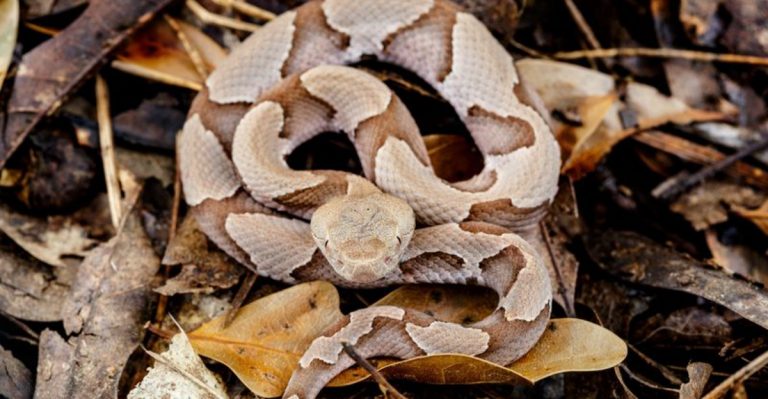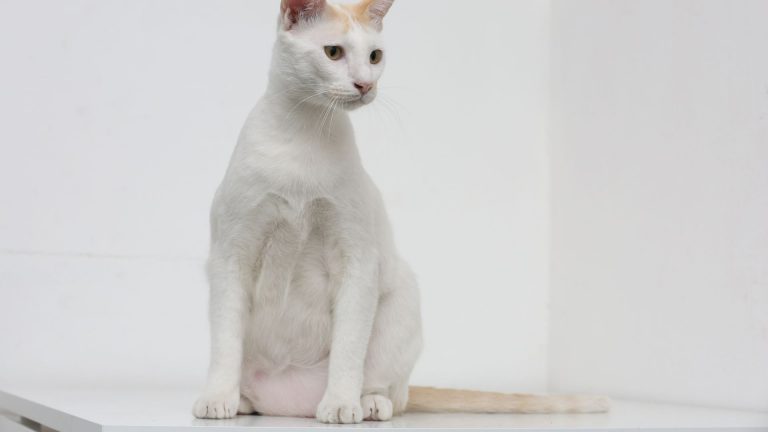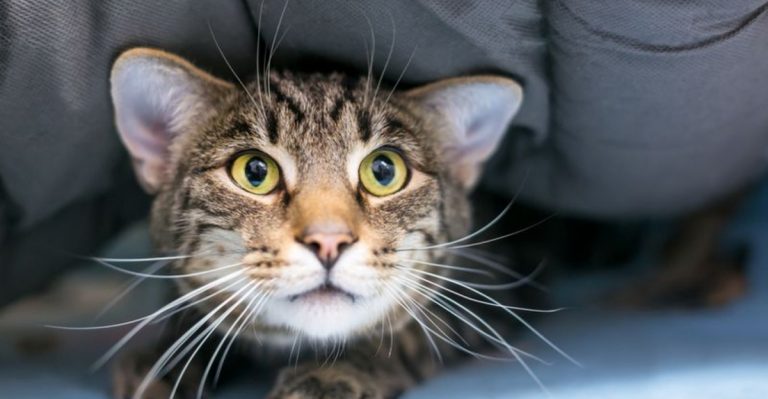13 Wildlife Wonders You Won’t Believe Live In Utah
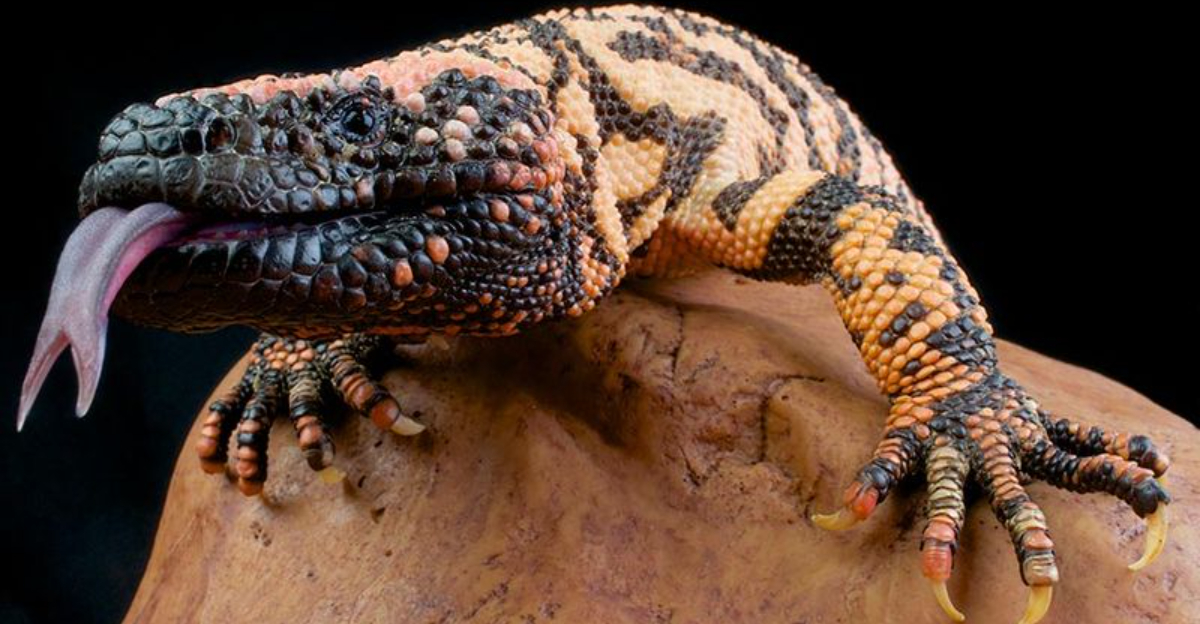
From rugged canyons to alpine peaks, Utah’s wild terrain is full of surprises, especially when it comes to its animal residents.
You may think of the state as desert and red rock, but it’s also home to some seriously unexpected wildlife.
Here are creatures you’d never guess are living right in the heart of Utah.
1. Canada Lynx
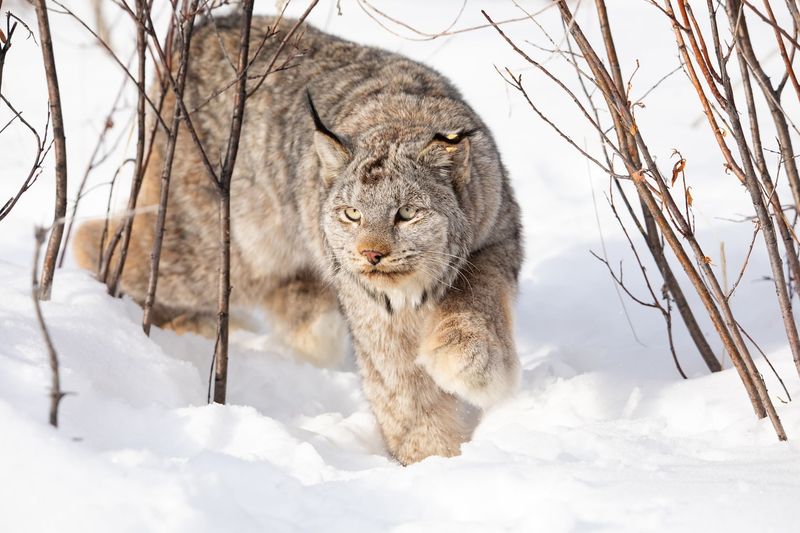
Ghostlike shadows in Utah’s northern forests, these tufted-eared cats leave only rare footprints in deep snow. Their dinner-plate-sized paws act like natural snowshoes.
Winter specialists through and through, they hunt snowshoe hares with patience and precision. Spotting one in Utah’s High Uintas is like winning a wilderness lottery!
2. Wolverine
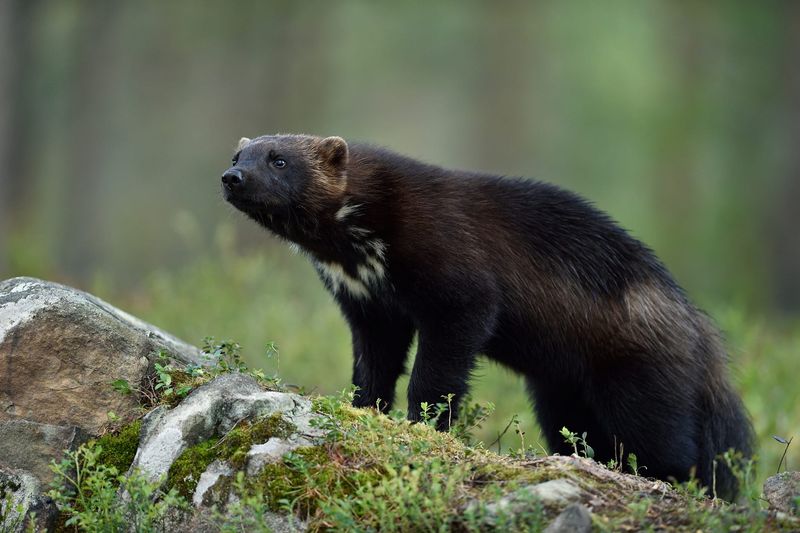
Pound for pound, the toughest predator in Utah’s mountains. These muscular members of the weasel family tackle prey five times their size without hesitation.
Wolverines need vast territories and rarely encounter humans. Trail cameras occasionally capture these solitary wanderers crossing remote ridgelines, a fleeting glimpse of one of North America’s most elusive mammals.
3. Desert Bighorn Sheep
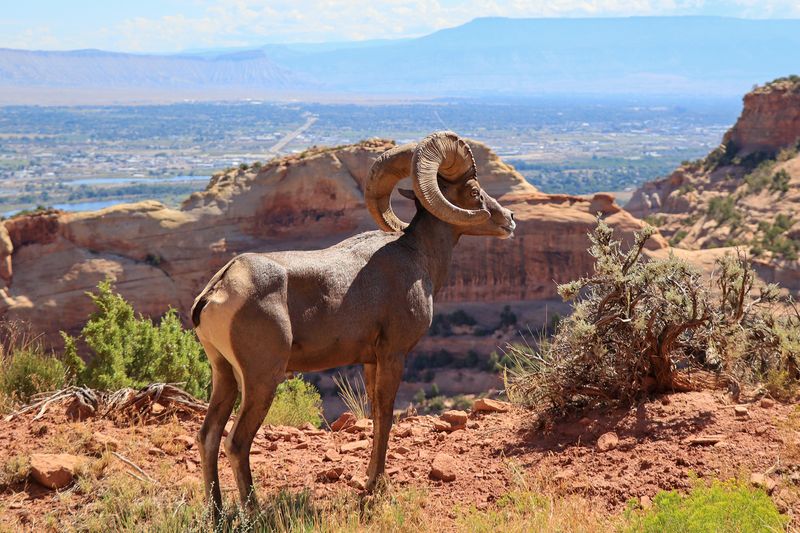
Masters of the impossible, these nimble athletes scale vertical cliff faces that would terrify human climbers. Their specialized hooves have rubber-like padding that grips smooth rock with remarkable precision.
Male sheep clash horns in thunderous battles that echo through canyon walls. Watching a herd navigate Utah’s redrock landscape is witnessing evolutionary perfection in motion.
4. Northern Saw-Whet Owl
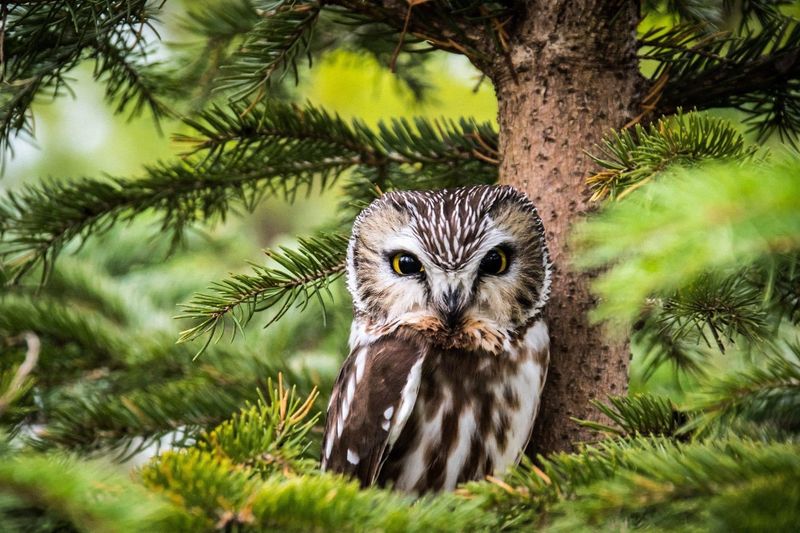
Barely larger than a soda can, these pint-sized predators pack serious attitude. Their cat-like face and yellow eyes seem perpetually surprised at finding themselves in Utah’s forests.
Despite tiny stature, saw-whets dispatch mice with deadly efficiency. Their repetitive tooting call—like a truck backing up—fills spring nights, though few hikers ever spot these secretive hunters among pine branches.
5. Ringtail Cat
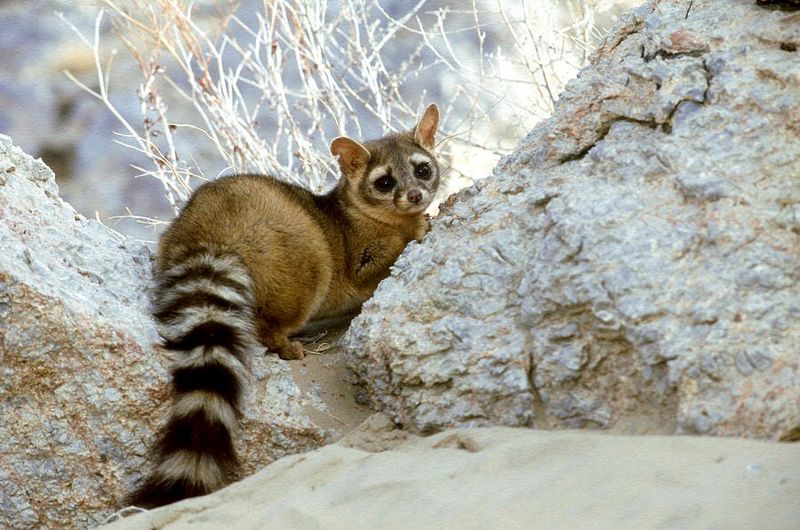
Bandit-masked faces and raccoon-like curiosity make these nocturnal explorers Utah’s wilderness acrobats. Their extraordinary tail—nearly as long as their body—provides perfect balance for cliff-dwelling adventures.
Ringtails can rotate their hind feet 180 degrees for headfirst descents down vertical surfaces. Ancient Navajo considered them spirit animals, perhaps explaining why they seem to vanish like ghosts at dawn.
6. Boreal Toad
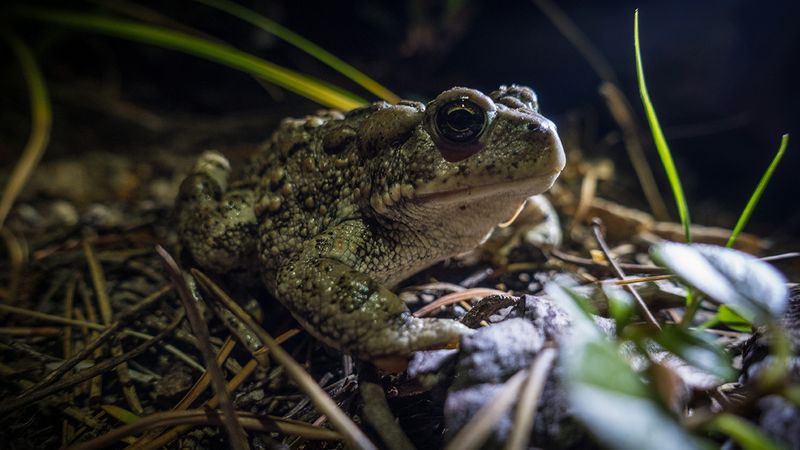
Survivors of ice ages past, these warty amphibians thrive in Utah’s highest mountain wetlands. Their skin produces compounds scientists study for potential medical breakthroughs.
Remarkably, they can survive being partially frozen during harsh alpine winters. Unfortunately, their populations are declining due to a deadly fungus, making each sighting in Utah’s high country increasingly precious.
7. Mountain Lion
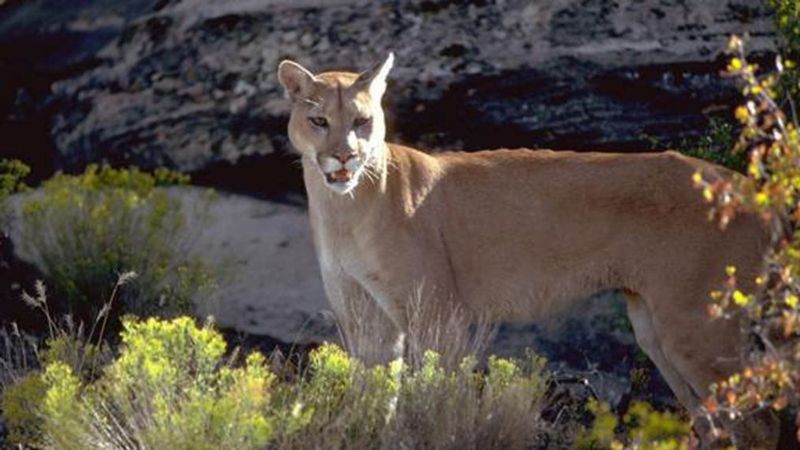
Silent shadows following hikers who never know they’re being watched. These magnificent cats control deer populations throughout Utah’s wilderness and even suburban fringes.
A single lion may patrol territory spanning 100 square miles. Though attacks on humans remain extremely rare, discovering fresh paw prints the size of a human hand along your favorite trail delivers an electric reminder of true wilderness.
8. Pronghorn Antelope
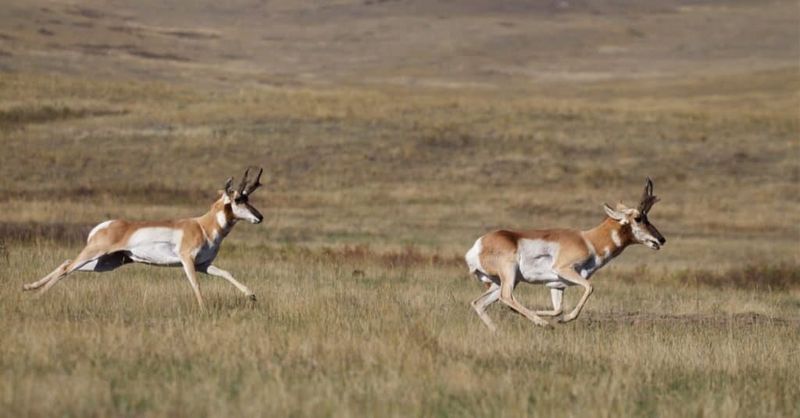
Evolution’s speed demons, capable of sustaining 55mph across Utah’s open sagebrush. Unlike true antelopes, these uniquely American mammals evolved their blinding speed to escape predators that went extinct 10,000 years ago.
Their oversized hearts and lungs process oxygen with extraordinary efficiency. Spotting a pronghorn herd in full sprint across Utah’s western deserts ranks among North America’s most spectacular wildlife displays.
9. Long-Eared Myotis Bat
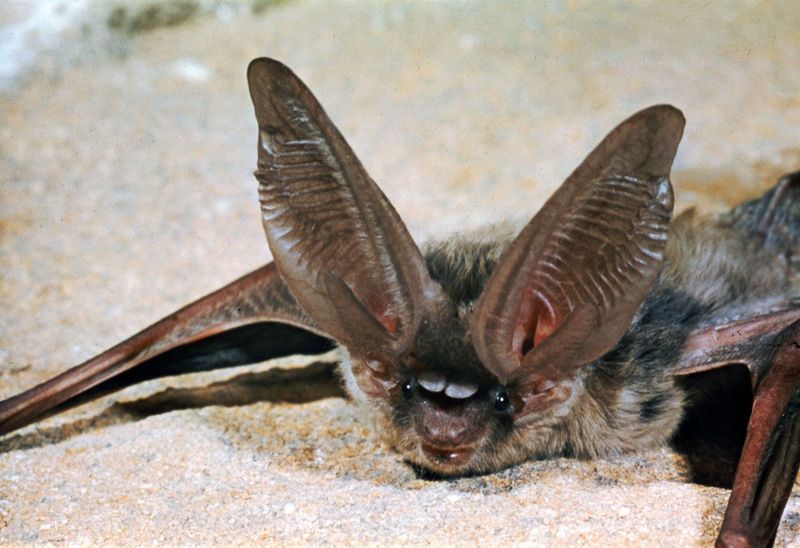
Comically oversized ears make these tiny mammals look like flying mice wearing satellite dishes. Each night, a single bat consumes thousands of mosquitoes and agricultural pests across Utah’s landscapes.
Their echolocation calls are so high-pitched humans can’t hear them. Despite beneficial roles in ecosystem health, these cave-dwellers face threats from habitat loss and the devastating white-nose syndrome spreading through western bat populations.
10. Gila Monster
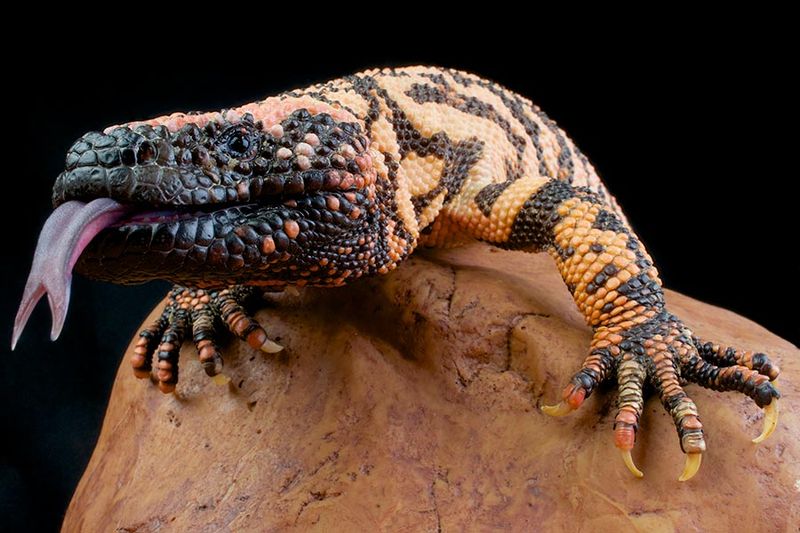
Orange and black beaded skin makes these reptiles nature’s Halloween costume. Found only in Utah’s southwestern corner, they spend 95% of life underground.
Their venomous bite isn’t deadly to humans but certainly memorable. Unlike quick-moving lizards, Gila monsters lumber along with prehistoric swagger, conserving energy in their harsh desert home.
11. American Pika
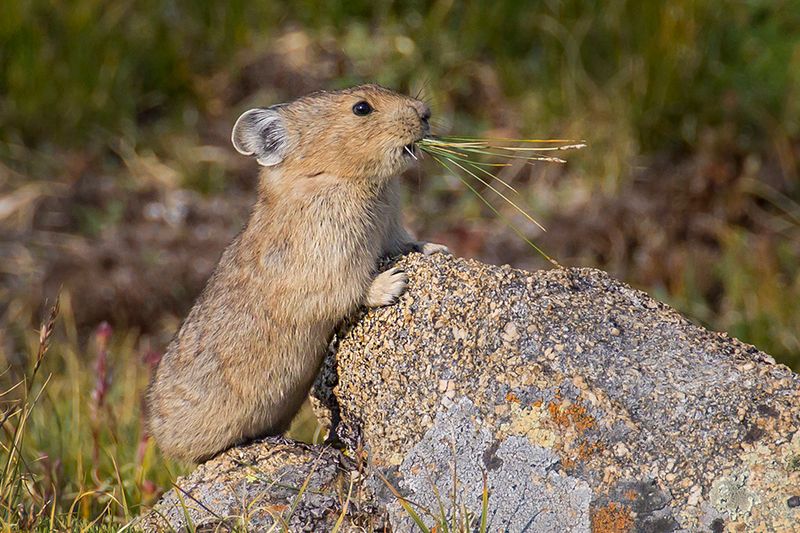
“Mountain meep” perfectly describes these rabbit relatives that never hibernate despite living on exposed alpine slopes. Their distinctive calls echo across Utah’s highest rockfields where few mammals dare survive.
Industrious harvesters, pikas collect and dry vegetation in “haystacks” for winter meals. Climate change threatens these cold-dependent creatures, as warming temperatures push their habitat ever higher toward vanishing mountaintops.
12. Short-Horned Lizard (Horny Toad)
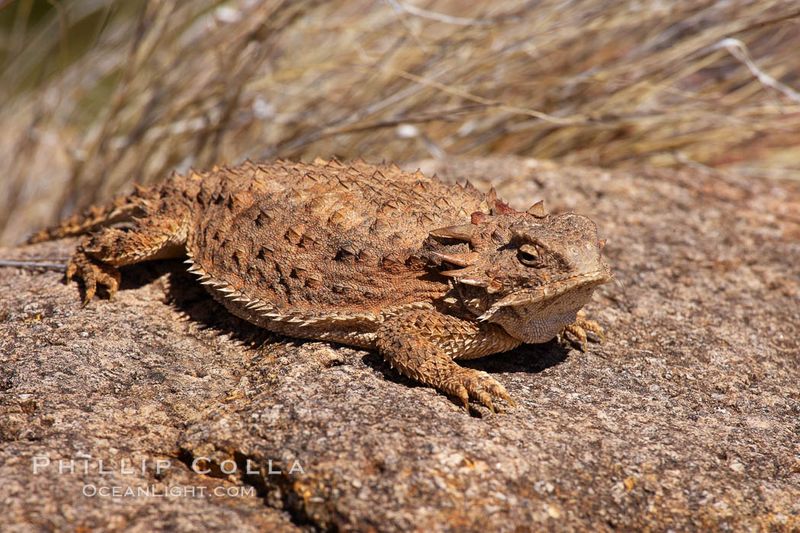
Living tanks of the desert, their spiky bodies resemble miniature dinosaurs perfectly camouflaged among Utah’s rocks and sand. When threatened, they employ nature’s most bizarre defense—shooting blood from their eyes!
This startling technique can spray blood up to four feet. These peculiar reptiles specialize in eating harvester ants, consuming thousands despite the insects’ painful stings that would deter most predators.
13. Mojave Desert Tortoise
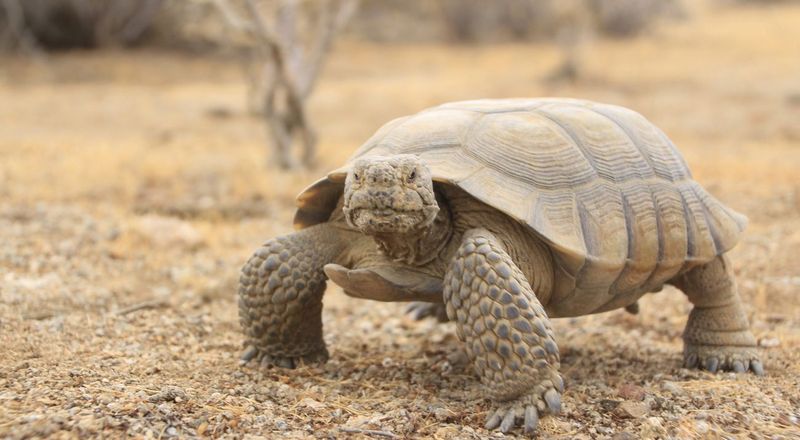
Ancient mariners of the desert, these shelled survivors have navigated Utah’s harshest landscapes for millions of years. Their domed shells store water while specialized bladders recycle moisture in extreme drought.
A single tortoise might dig over a dozen burrows throughout its territory. These underground retreats create microhabitats supporting dozens of other desert species, earning tortoises the title of “ecosystem engineers” in Utah’s southwestern corner.

